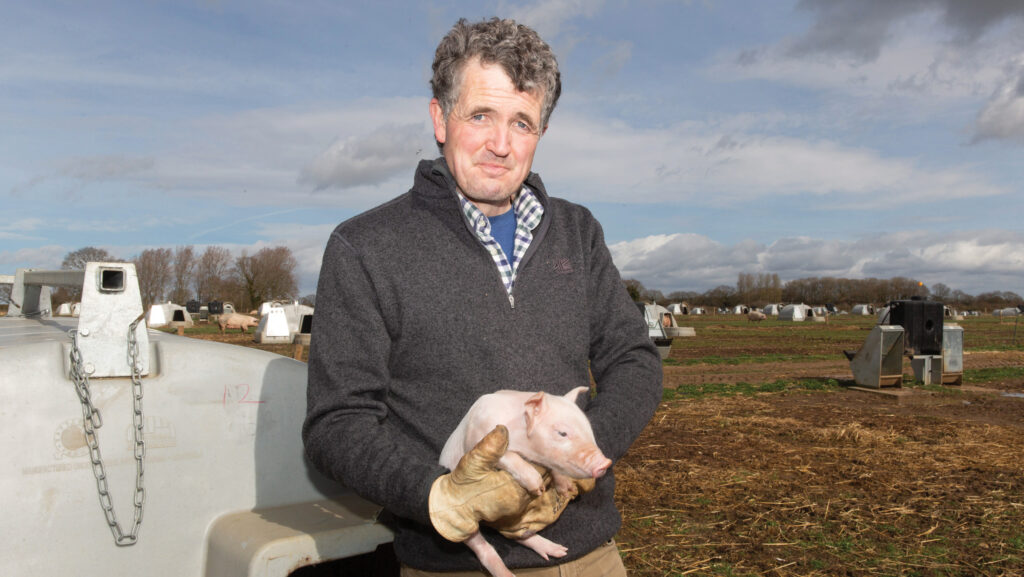Farmer Focus: Buoyed by sight of cattle egrets in pig paddocks
 Rob McGregor © Tim Scrivener
Rob McGregor © Tim Scrivener There’s nothing quite like a leisurely coastal walk along a Norfolk beach with a big sky above you to welcome in the new year.
That’s exactly how I kicked off 2025 at Holkham, England’s largest nature reserve, with family and our Goldador, Kipling.
See also: Opinion: It isn’t a binary choice between farming and wildlife
For our return route we cut through the sand dunes and pinewoods to spend half an hour in a recently built ornithology hide overlooking a vast grazing marsh.
I love to see the wide range of fauna that makes this place home. I’d be happy there just watching the estate’s herd of Belted Galloway cattle quietly grazing and moving around the landscape.
One bird species I have become fond of is the gleaming white egret. There are two types around here, little egrets and rarer cattle egrets.
Imagine my surprise when, a few days later, I took an afternoon sweep through our farm and spotted a cattle egret standing in a grass farrowing paddock, surrounded by rowdy piglets and their mother.
That’s something new for me. What a great feeling, and proof – if proof were needed – that our efforts to be friendlier to nature with our farming practices are working.
The cattle egret isn’t the only new arrival. The first 20 of our 120 Landrace cross Large White F1 gilts have been settling in this week, with their farrowing dates imminent.
They look great and have much sturdier conformation than the purebred Landrace we have previously used as grandparent stock.
I have great hopes for these gilts, which I first suggested switching to several years ago.
I have noticed a few differences in their behavioural characteristics. They are very chatty and relaxed, which is nice, but not quite as clued up when it comes to nest building.
So, for the next batch, I’m going to offer chopped straw, rather than whole slabs in the arks.
They are also a bit slow working out how to open the bird-proof feeders to be able to eat, so I am going to put a pair of the same feeders in the gestation paddock, then future batches can explore the equipment and learn the drill in advance.
Hopefully, my efforts will be appreciated and they will be just as sociable after farrowing.

